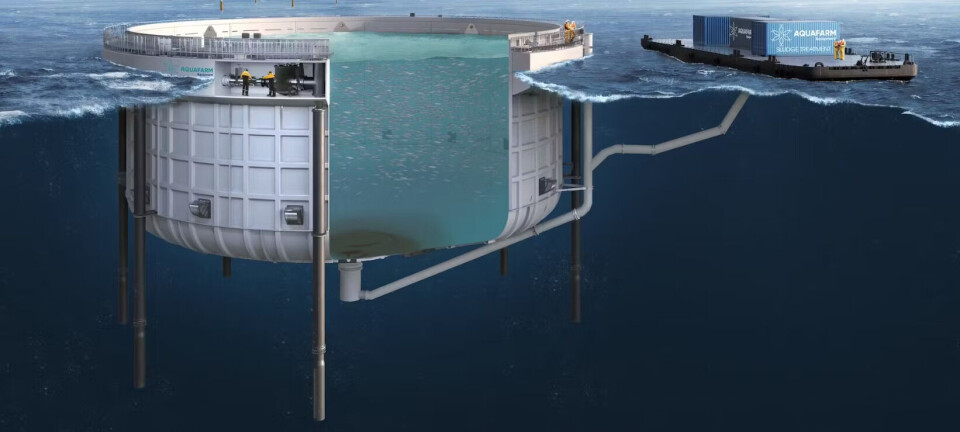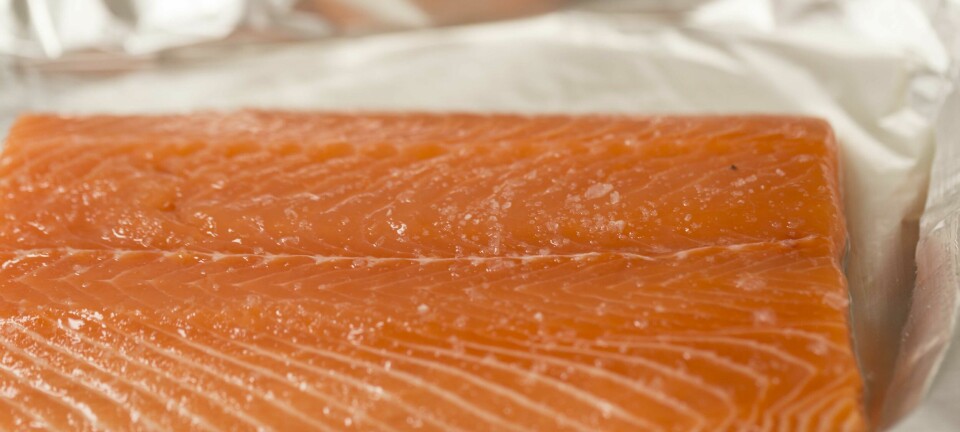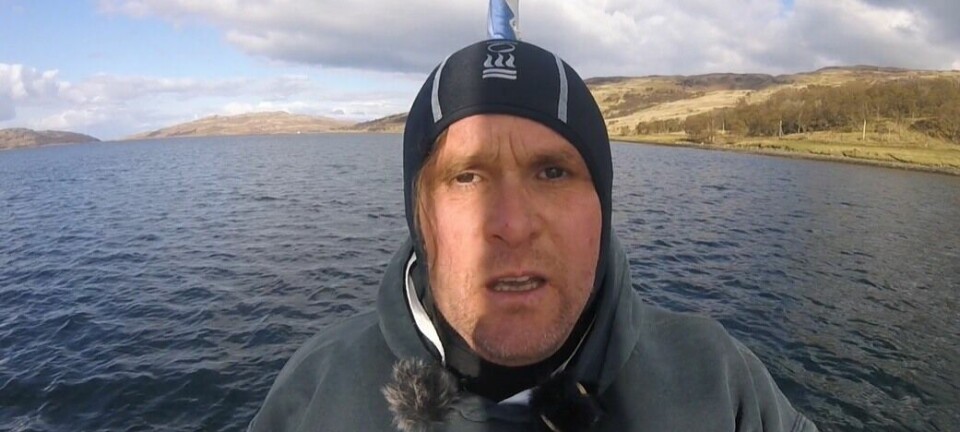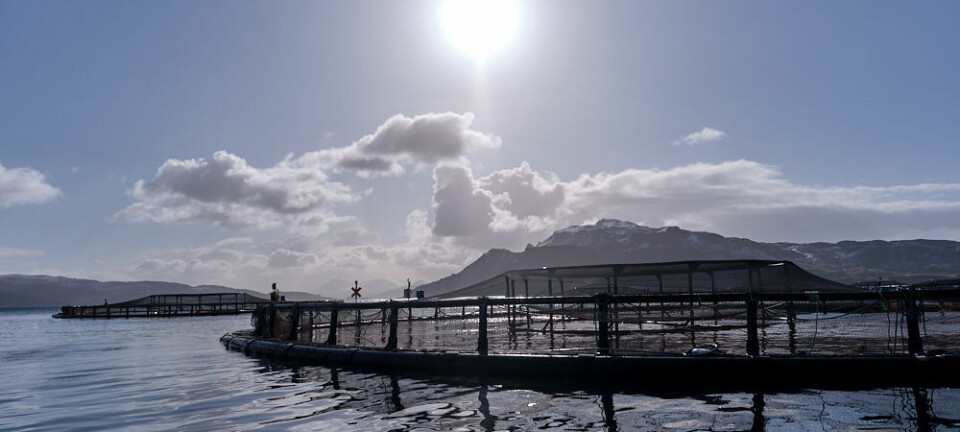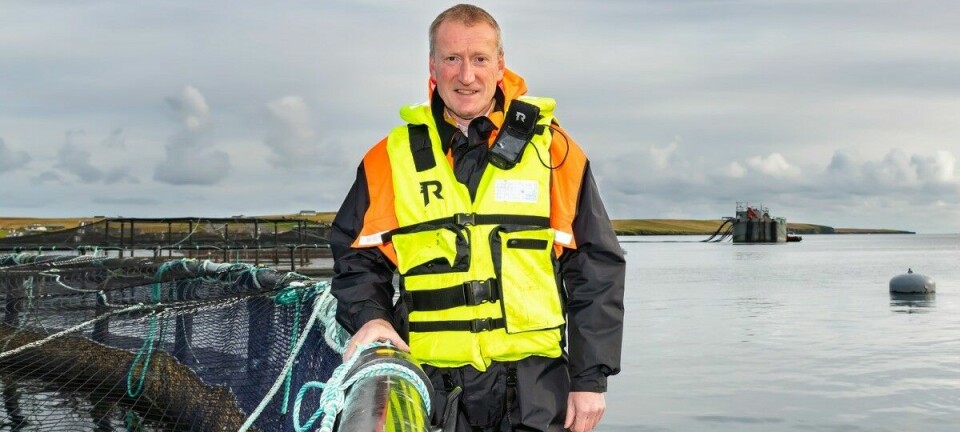Portable molecular diagnostic testing
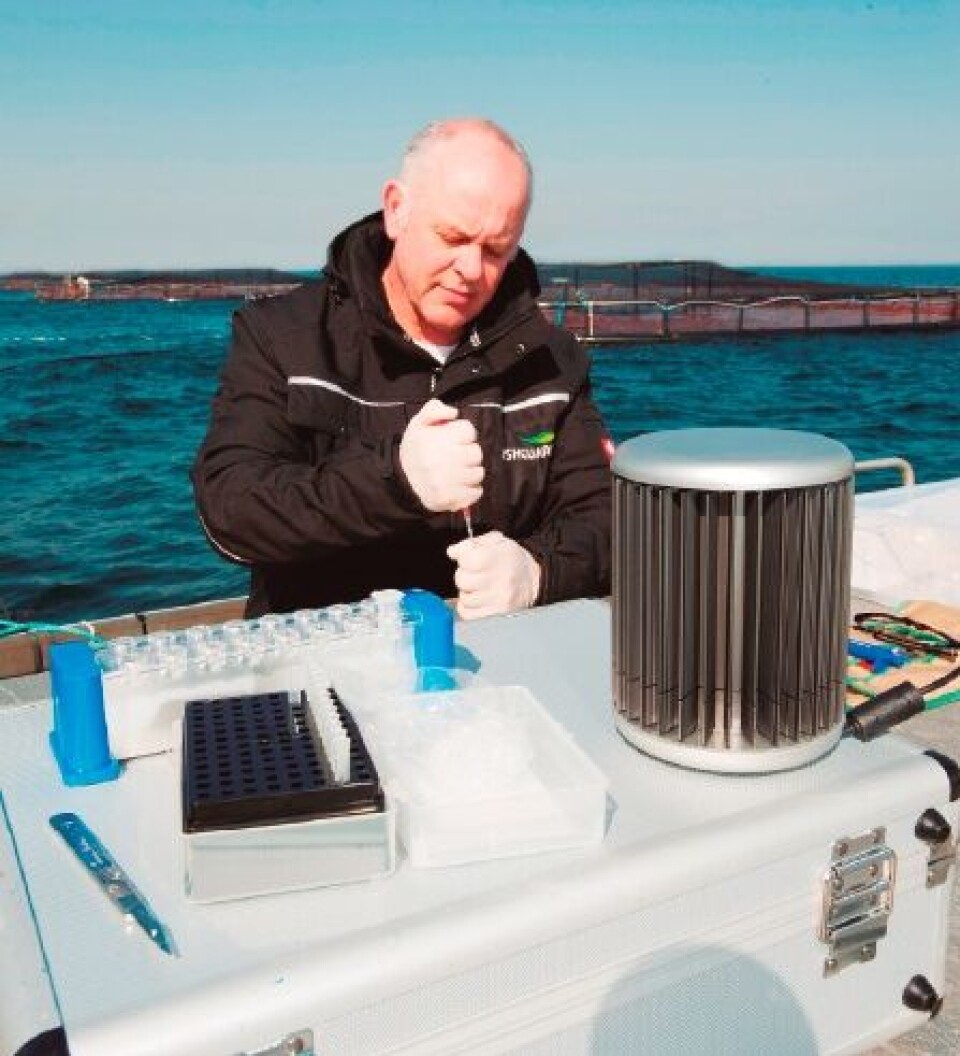
The aquaculture industry has long suffered from a lack of a rapid field detection platform that can quickly identify and distinguish between pathogens for the major salmon viral diseases or gill pathologies. However a breakthrough has now been made, thanks to a TSB-funded project undertaken by the University of Stirling alongside Europharma’s health team Fishguard, which has now developed a quantative molecular testing diagnostic device for on-site use. This project, which is now nearing completion, has already demonstrated that the portable technology is able to reliably distinguish between viruses with similar histopathology – such as salmon alphavirus (SAV), piscine reovirus (PRV) and piscine myocarditis virus (PMCV). A further step investigated is the incorporation of a Taqman multiplex assay for the simultaneous detection of several pathogens. Furthermore, this equipment will perform diagnostic testing which is accredited. In parallel to this research project, Europharma has gained exclusive global rights for the aquaculture use of a similar portable platform; the Genesig 16. During 2014 Genesig was operating in remote areas of Africa helping to diagnose Ebola in the field and the innovative technology is now available to fish farms. The machine’s small cylindrical cyclers can be used to detect viruses, bacteria and parasites in fish and are affordable, portable and easy to use. Fishguard’s Alan Dykes explains: “The key advantage of this system for the farmer is the speed of the decision making process. If, for example, a farmer suspects the presence of PD or AGD it’s currently standard practice to take samples and then either post them off to a lab or send them off for in-house testing, and turnaround time usually takes anywhere between 2 days and a week. “However, with the Genesig machine you can perform the test at the shore base, or even take it on the barge if you like, and the turnaround time is only about an hour and a half. This turnaround time will decrease further once we have our accredited machine, which is currently under development. Speeding up the diagnostic service allows the farmer to make on-the-spot choices – about whether to treat fish, grade them or move them for example – and improves the dialogue between the fish health professional and the farmer, as well as giving a bigger window of opportunity to treat the fish, thus minimising impact.” It is not just pathogen detection that these machines can be used for and their use in identifying the optimal peak of smoltification in populations using biomarkers is something that the Europharma Scotland project hopes to address soon.






